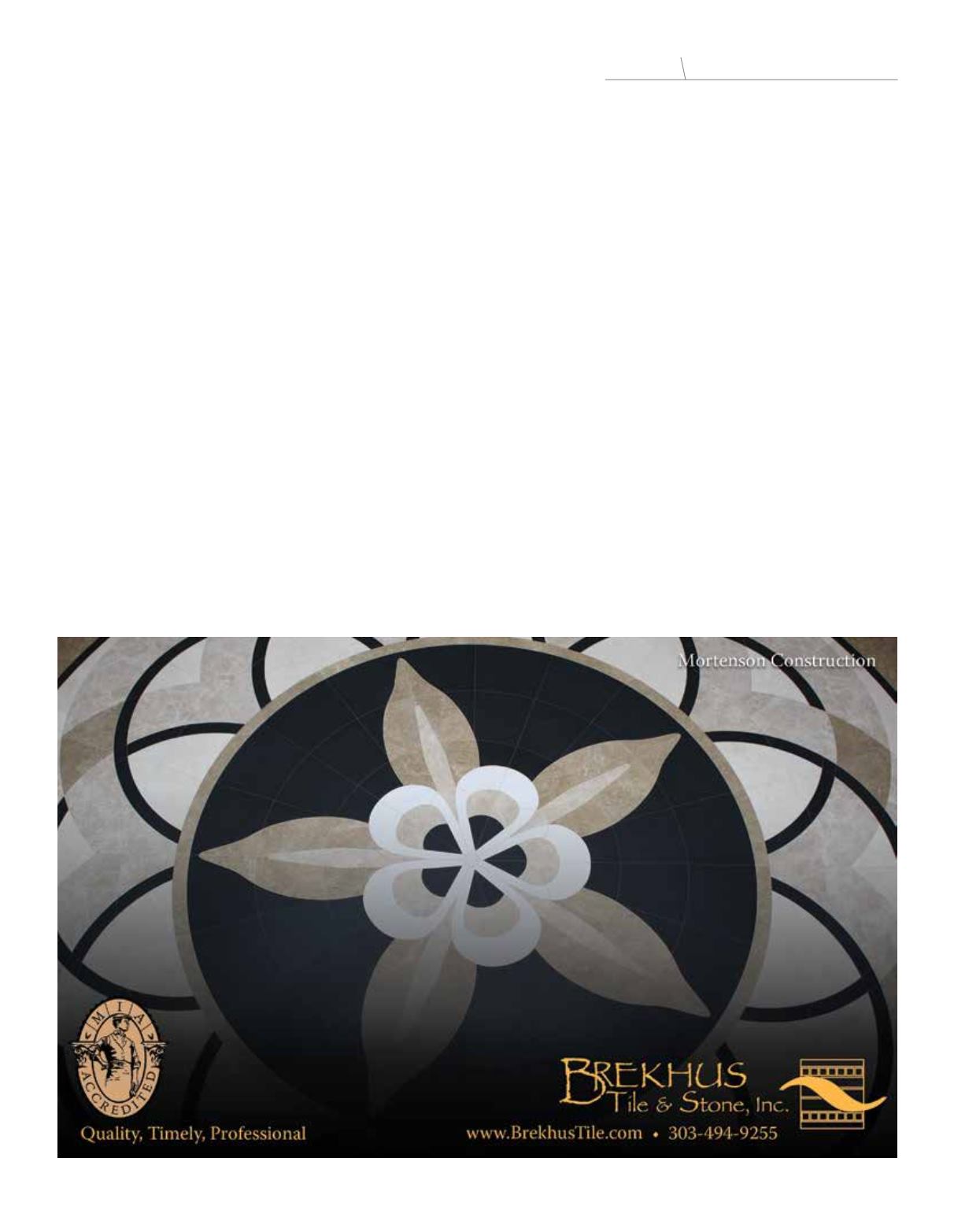

JUNE 2017 \ BUILDING DIALOGUE \
23
It is also critical that you find an experienced, commit-
ted team of professionals – attorney, accountant, broker and
mentors within the architectural industry – who will advo-
cate for you throughout the transition process and after it is
complete. Also, seek out peers who are going through a simi-
lar process as well as people who have already been through
it, who can guide, encourage, warn, mentor and even laugh
with (and at) you.
A New Vision
As new partners, you will also need to develop your own
unique vision to carry you forward into the future. While the
founders’ vision grew out of their own personal values, what
was important to them and how the world looked during
their own growth trajectory, you are different people molded
by a different time. The marketplace and culture continue
to evolve, thus defining a new vision for your practice is an
important investment of your time.
Also, you must be intentional about what you want your
firm to represent, your position in the marketplace and what
kind of clients and projects you want to spend your ener-
gy and dollars chasing. Then you will need to be confident
enough in your vision to achieve enthusiastic buy-in from
your staff.
Running the Firm
The idea of owning one’s own firm is vastly different than
actually running a firm. Thus, it can be helpful to break down
the various aspects of firm management – marketing, staff-
ing, finance, project management, etc. – into segments, which
allows one to understand each more thoroughly. While ev-
ery business function must be mastered, understanding the
firm’s office processes and financial systems – and how to ac-
cess financial data to make good business decisions – is abso-
lutely critical. Also, shifting your focus from running a hand-
ful of projects successfully to always thinking six months
down the road will help you keep your firm running and
your staff busy.
Your People
When an architect transitions from staff to ownership, one
quickly experiences a heightened awareness of staffing and
project management issues. Be sure you have the right peo-
ple and background skills to take over your responsibilities
and oversee the projects you’ve identified in your vision. Also,
set aside time to train your team on the tasks you no longer
have time to do; learn to delegate; and focus on keeping ev-
eryone excited and engaged as you move forward.
Culture Shift
Your firm’s culture will change over time, but don’t expect
the shift to happen quickly. Be intentional and consistent as
you and your vision help guide and define what the firm
becomes. Be patient as well, and always focus on the long
term. Although we all want things to transpire quickly, they
rarely do.
\\
aharding@rothsheppard.com BBerryhill@rothsheppard.comELEMENTS
Leadership Transitions
















